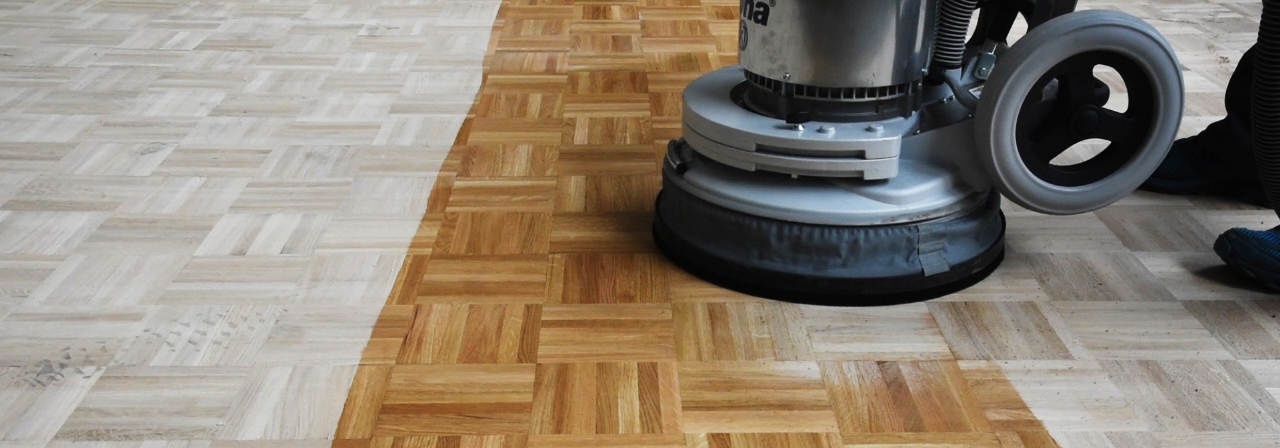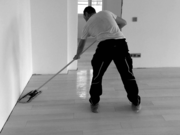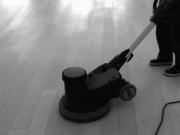Sanding, repairing, touching up: parquet renovation
Be it small scratches, dents or discolouration: parquet’s advantage is that it can be refurbished through sanding. Even individual planks can be touched up.

Be it small scratches, dents or discolouration: parquet’s advantage is that it can be refurbished through sanding. Even individual planks can be touched up.
Be it small scratches, dents or discolouration: parquet’s advantage is that it can be refurbished through sanding. Even individual planks can be touched up.
Parquet consists of a valuable natural material that ‘lives’ and ‘breathes’. However, life also takes place on the parquet, and it can leave its own traces. Nevertheless, parquet is more resilient and long-lasting than most types of flooring thanks to its capacity for refurbishment.
In order for parquet to bring joy and remain robust for a long time, it requires correct cleaning and care. Regular re-oiling is a way to touch-up natural-oiled parquet floors. The frequency depends on the amount of use, but re-oiling your floor with an appropriate care oil once a year is recommended.
A specialist can use appropriate machines to gently renovate lacquered, brushed and stained surfaces.

It doesn’t take much for small mishaps to take place. If you want to get rid of a little blemish, there is no need sand the entire floor. Individual strips with damaged surfaces, discoloration or excess wear can be repaired or replaced locally.


Time adorns your parquet floor with souvenirs: the last big party, a kitten using it as a scratching post, or traces left by your child’s scooter. Used look is actually popular today, but it isn’t to everyone’s taste. With neat sanding and a new surface treatment, wooden floor can regain its fresh, new appearance even after decades of use, leaving scratches, stains and marks of wear in the past.
Determining when sanding is necessary depends on the amount of use the parquet floor sees, and the quality of its surface. Experience shows that significant signs of wear that warrant sanding appear after 10 to 15 years. The type of wood certainly plays a role here: wood like oak or walnut is more robust and can withstand more intensive use.
If over time, you become tired of the look of your floors, or if, for example, you’re passing the house on to your children, the appealing possibility of refurbishing the parquet comes into play: with sanding and a new-colour treatment, you can give a parquet floor a completely new look. This flexibility brought by parquet, in combination with its longevity, turn it into a particularly resource-saving type of flooring.
Neudorfstrasse 49
9430 St. Margrethen
T +41 71 747 74 74
In 1935, Ernst Göhner brought the idea of solid parquet to mass production before founding Bauwerk Parkett in 1944. Since then, Bauwerk has been researching, developing, and manufacturing innovative, aesthetic parquet solutions of the highest quality with great passion and Swiss precision. Original parquet floors by Bauwerk, one of Europe’s leading parquet manufacturers, offer the unique feel of a real piece of nature that provides tangible warmth and healthy living for a perfectly balanced atmosphere in any room. Experience Bauwerk’s diverse range of wooden floors in one of our showrooms and get our advice without any obligations.